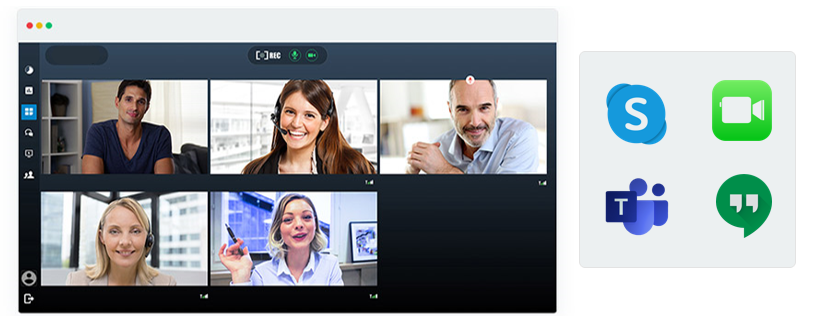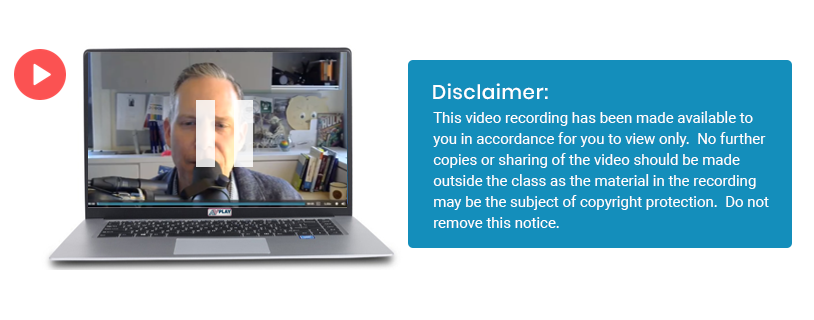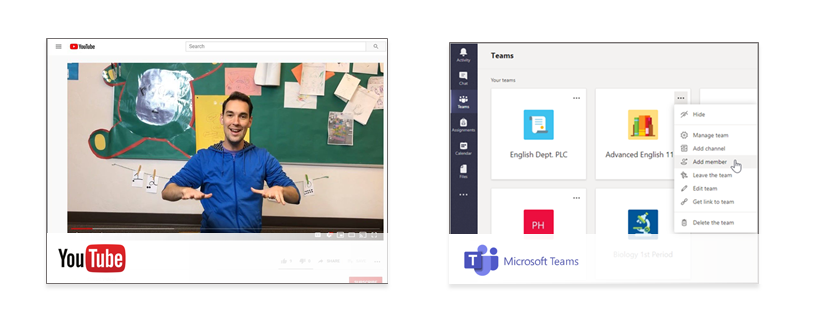Common ways that schools and teachers can deliver online learning during school closures:
1. Holding virtual classes /lessons for students to watch in real-time

This is our recommended approach wherever possible to do so. For example, a student can ‘dial in’ to a lesson using technologies such as Skype, Facetime, Google Hangouts, or similar when a teacher live stream lessons to students at scheduled times.
2. Recording classes/lessons for students to access on-demand
This is another option allowed. However, it is recommended that teachers add the following notice at the beginning of the video:

If this is not practical, it would be a good idea to email students (or put a notice in school blogs or other communication platforms) reminding students and parents that remote lessons are being provided to them as part of their school’s response to COVID-19, and that they must not make any further copies of any of the content provided to them, including sharing with friends, via social media, or uploading to the internet.
3. Putting content onto a Digital Teaching Environment for students to access
Teachers may wish to upload material to a Digital Teaching Environment such as YouTube, Office 365, Microsoft Teams and others for students to access.

Please note that for services such as YouTube, the terms of use state that children must be 13 years or over, so a parent or guardian supervision may be required.
4. Providing print resources to students

Due to internet/bandwidth issues, teachers and schools may need to provide students with photocopies of print resources or a USB or DVD of print resources. Teachers should send a cover letter with the resources that states the materials have been provided for the student’s educational use during the COVID-19 outbreak and no further copies should be made.
5. Conducting lessons via Educational TV Channel

Students can be provided with schedules to view the appropriate educational resource on this platform from home.
